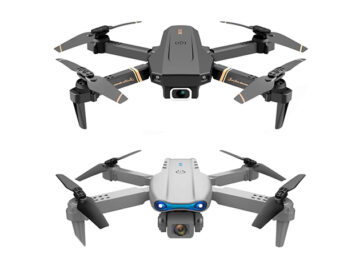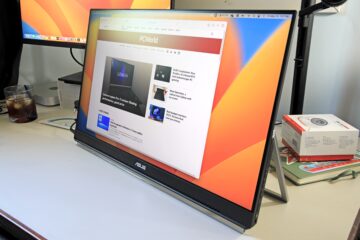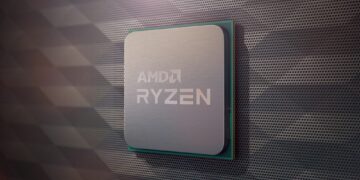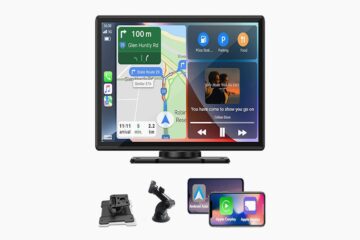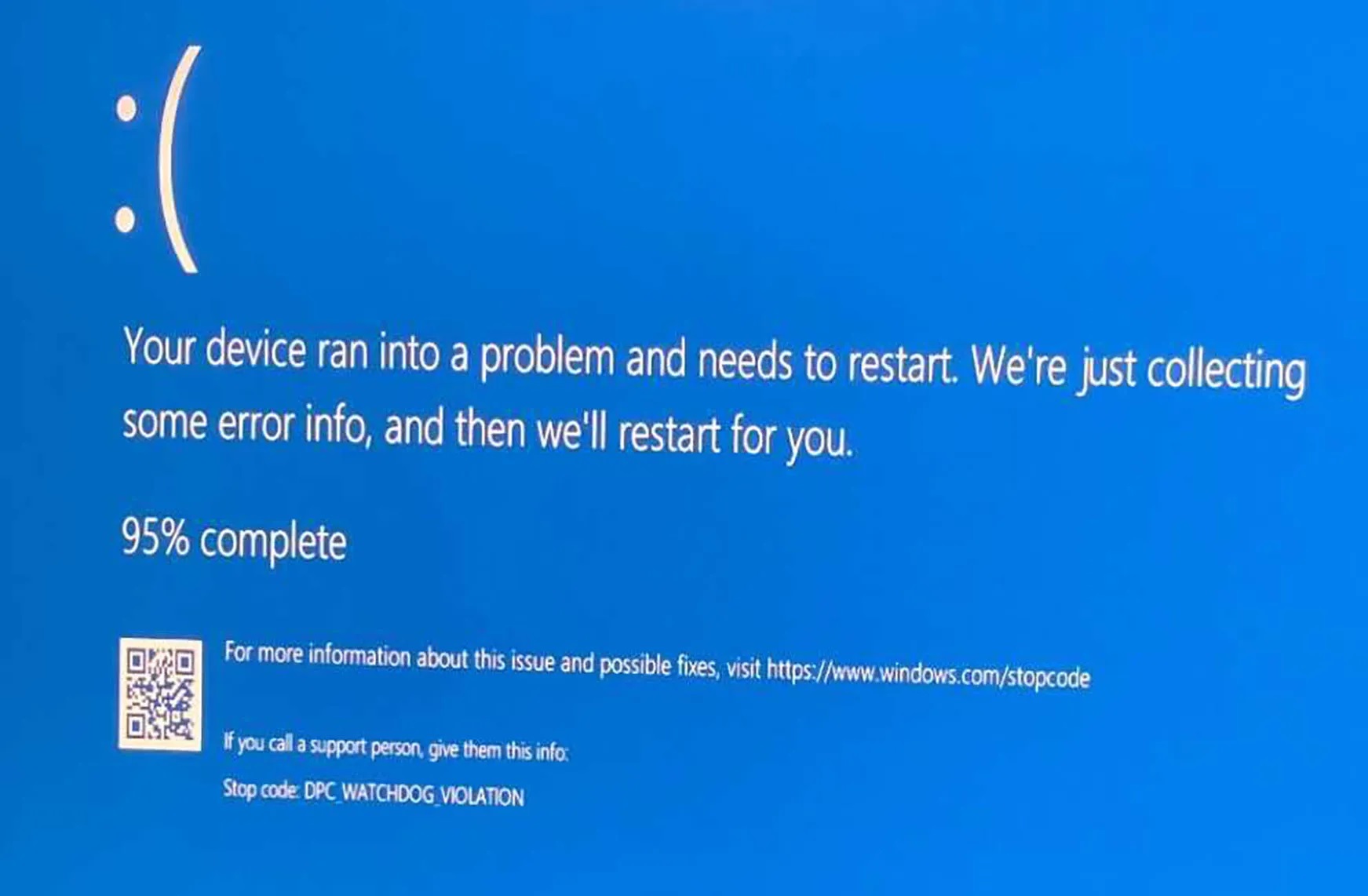
Microsoft is looking for the reason why some Windows 11 computers are tossing up blue screens of death after installing the recently released update KB5029351. The Redmond software company says it has received reports from some Windows 11 users about sudden “UNSUPPORTED_PROCESSOR” blue screens.
The blue screen occurs when you restart Windows 11 after installing KB5029351. Affected users should share their experiences via Microsoft’s feedback hub. To do so, press the key combination Windows + F. Microsoft is currently investigating whether this is indeed a problem caused by Microsoft itself.
Affected users should uninstall the update. Windows 11 apparently does this itself anyway after it has been started several times with KB5029351 to no avail. On Reddit, affected users suspect that the problem occur in connection with MSI motherboards.
Update: MSI has confirmed that the issue occurs in PCs running the company’s 600/700 series motherboards:
“Both MSI and Microsoft are aware of the “UNSUPPORTED_PROCESSOR” error and have begun investigating the root cause. While the investigation is underway, we recommend that all users temporarily refrain from installing the KB5029351 Preview update in Windows. We will keep you updated on the progress of our investigation.
If you have already encountered this issue, KB5029351 might automatically be uninstalled to allow Windows to restore to normal. However, if KB5029351 is not automatically uninstalled, we recommend reverting your BIOS to the previous version and uninstalling KB5029351 from Windows.”
KB5029351 is an optional update
KB5029351 is a preview of upcoming new features and was released on 22 August 2023 as an optional update for Windows 11 22H2, Windows 11 21H2, and Windows 10 22H2. Windows does not automatically install KB5029351; it will only be downloaded if you have explicitly selected in the update settings that Windows should show optional updates for installation.
Incidentally, Microsoft had initially abolished the blue screen of death in Windows 11 and replaced it with a black screen (the abbreviation BSOD suited both variants). But in November 2021, Microsoft decided to switch back from black to blue.
This article was translated from German to English and originally appeared on pcwelt.de.
- SEO Powered Content & PR Distribution. Get Amplified Today.
- PlatoData.Network Vertical Generative Ai. Empower Yourself. Access Here.
- PlatoAiStream. Web3 Intelligence. Knowledge Amplified. Access Here.
- PlatoESG. Automotive / EVs, Carbon, CleanTech, Energy, Environment, Solar, Waste Management. Access Here.
- PlatoHealth. Biotech and Clinical Trials Intelligence. Access Here.
- ChartPrime. Elevate your Trading Game with ChartPrime. Access Here.
- BlockOffsets. Modernizing Environmental Offset Ownership. Access Here.
- Source: https://www.pcworld.com/article/2041506/windows-11-update-causes-bluescreen-of-death-microsoft-searches-for-the-reason.html
- :has
- :is
- :not
- $UP
- 10
- 11
- 2021
- 2023
- 22
- 36
- a
- About
- After
- All
- allow
- already
- an
- and
- anyway
- appeared
- ARE
- article
- AS
- AUGUST
- automatically
- aware
- back
- BE
- been
- begun
- Black
- Blue
- both
- but
- by
- Cause
- caused
- causing
- combination
- company
- Company’s
- computers
- connection
- Currently
- de
- Death
- decided
- do
- does
- English
- error
- Experiences
- Features
- feedback
- For
- from
- German
- had
- Have
- However
- HTML
- HTTPS
- Hub
- if
- in
- indeed
- initially
- install
- installation
- installing
- investigating
- investigation
- issue
- IT
- itself
- jpg
- Keep
- Key
- looking
- Microsoft
- might
- msi
- New
- New Features
- no
- normal
- November
- November 2021
- occur
- of
- on
- only
- originally
- our
- PCs
- plato
- Plato Data Intelligence
- PlatoData
- press
- Preview
- previous
- Problem
- Processor
- Progress
- reason
- received
- recently
- recommend
- released
- replaced
- Reports
- restore
- reverting
- root
- running
- Screen
- screens
- selected
- Series
- settings
- several
- Share
- should
- show
- So
- Software
- some
- started
- sudden
- that
- The
- their
- this
- times
- to
- translated
- Underway
- upcoming
- Update
- updated
- Updates
- users
- version
- via
- was
- we
- when
- whether
- while
- why
- will
- windows
- windows 11
- with
- you
- Your
- zephyrnet

